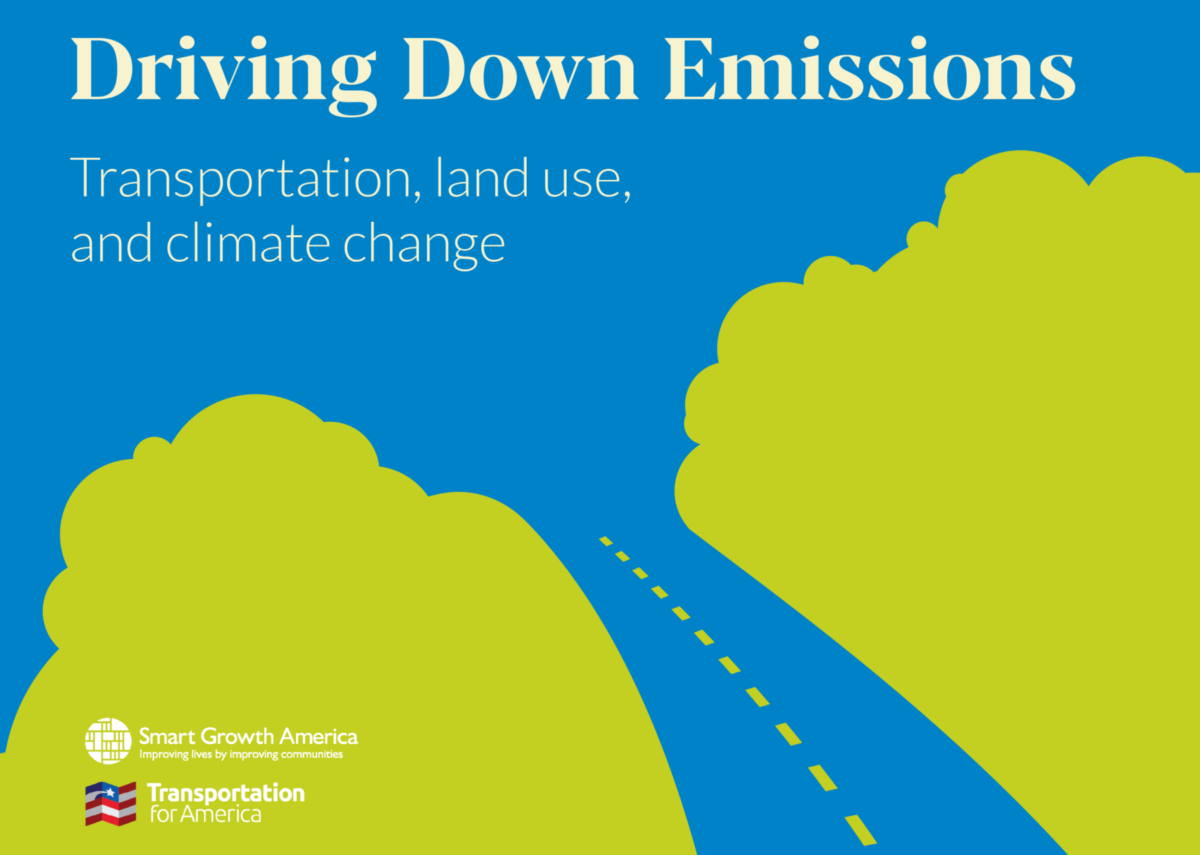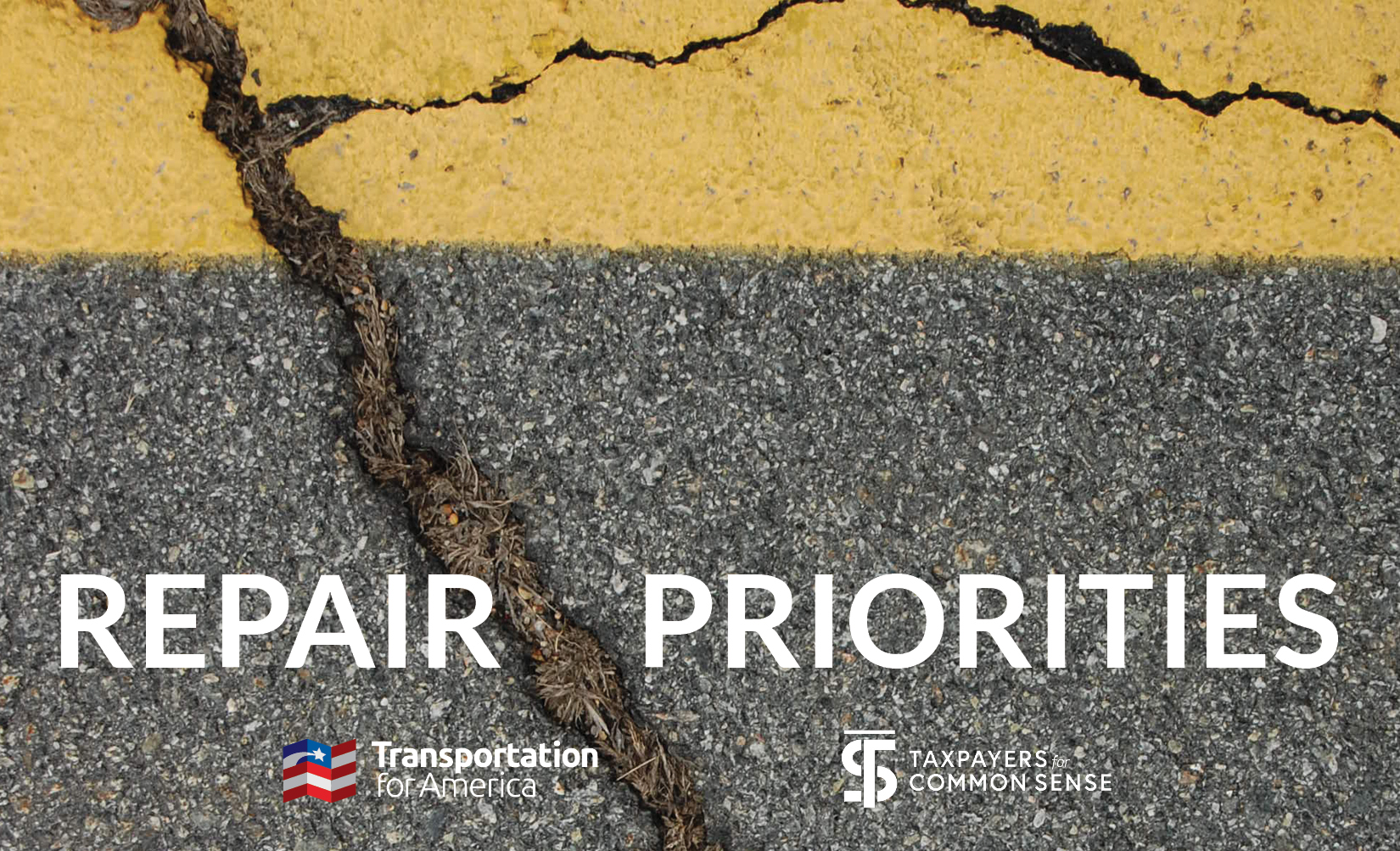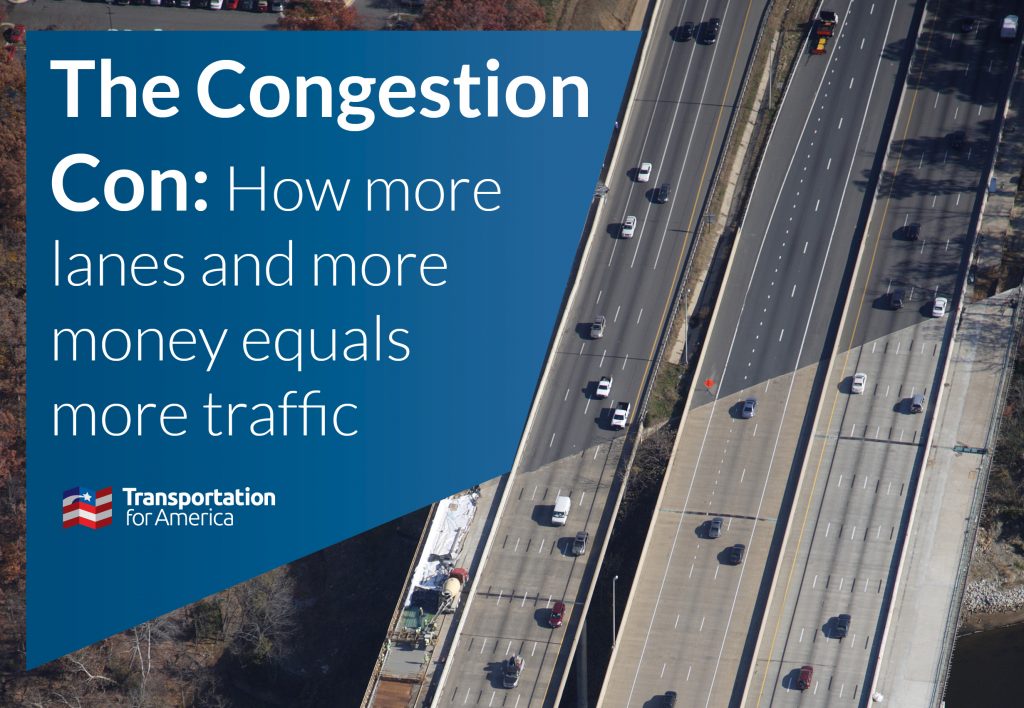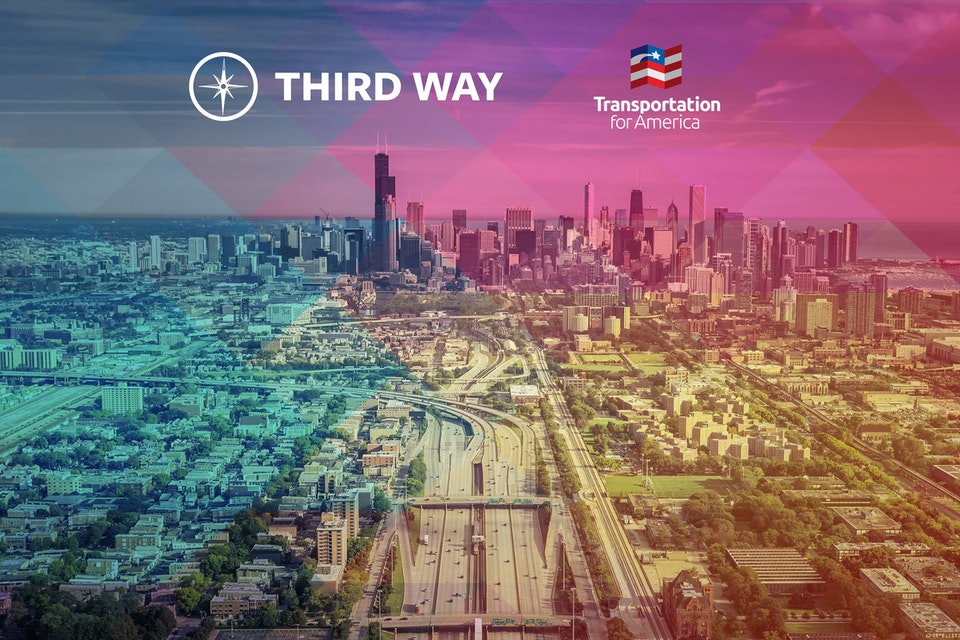Twelve Innovations in State Transportation Policy
States Should Consider in 2016
Why smarter transportation policies are vital
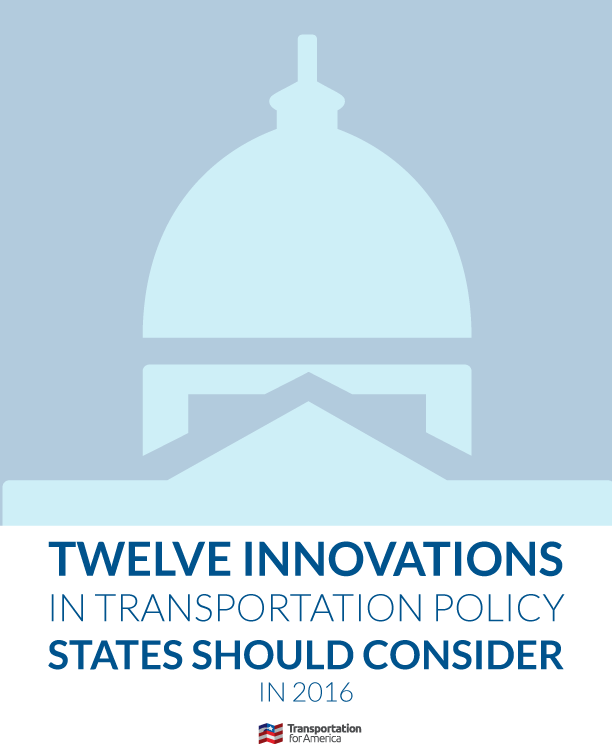 To remain economically competitive, states must invest in infrastructure. States are also well positioned to be incubators of innovative transportation policy and funding solutions. Recent history shows willingness by state legislatures — regardless of political party — to step up and provide the necessary resources to invest in transportation systems. With 12 states successfully taking action in 2015, last year had the largest number of increases in state transportation funding since Transportation for America began tracking this phenomenon several years ago.
To remain economically competitive, states must invest in infrastructure. States are also well positioned to be incubators of innovative transportation policy and funding solutions. Recent history shows willingness by state legislatures — regardless of political party — to step up and provide the necessary resources to invest in transportation systems. With 12 states successfully taking action in 2015, last year had the largest number of increases in state transportation funding since Transportation for America began tracking this phenomenon several years ago.
State legislators have a critical choice ahead of them: continue pumping scarce dollars into a complex and opaque system designed to spend funds based more on politics than needs, or, following the lead of the states highlighted below, revise their policies to expand transparency and accountability, boost state and local economies, invest in innovation across the state, save the state money and improve safety for the traveling public.
This report outlines 12 transportation policy solutions either passed legislatively or instituted through administrative action in states, many of which are being pursued by Transportation for America’s START network members and other key policymakers in 2016.
Download a copy of the report here.
Why the focus on state transportation funding and policy?
Congress wrapped action on a five-year transportation authorization (The FAST Act) at the end of 2015. The FAST Act provides greater fiscal certainty for transportation from the federal government than states have had in a decade, though it does not significantly increase funding. On policy, it fails to advance true innovation and game-changing infrastructure solutions, largely continuing the policies of its predecessor from 2012, MAP-21.
Similar to congress’s action in 2015, most of the 23 states which increased their own transportation funding sources since 2012 have failed to update the underlying policies governing the spending of those new funds. The distribution formulas for those funds are often relics of decades-old priorities that are out-of-touch with the new needs of increasingly diverse economies and demographics.
Considering all this and the fact that the federal program is still largely a block grant given to and controlled by the states, state leadership on transportation issues will be more important than ever in the years to come. State-level reform will be essential for advancing creative and innovative transportation funding and policy reforms to make the most of limited infrastructure dollars.
There have been encouraging steps taken in recent years by many states — including a few highlighted in this report — to raise funding and line up their policies with their states’ needs today and into the future, suggesting hope for more of the same in 2016.
Why smarter transportation policies are vital
State legislators have a critical choice ahead of them: continue pumping scarce dollars into a complex and opaque system designed to spend funds based more on politics than needs, or, following the lead of the states highlighted below, revise their policies to expand transparency and accountability, boost state and local economies, invest in innovation across the state, save the state money and improve safety for the traveling public.
This report outlines 12 transportation policy solutions either passed legislatively or instituted through administrative action in states
Increase accountability and transparency to build taxpayer confidence
- Proposal #1: Improve accountability by measuring performance
- Proposal #2: Measure outcomes important to taxpayers
Make states economically competitive and empower locals to do the same
- Proposal #3: Ease constitutional and statutory restrictions on funding
- Proposal #4: Reform outdated funding formulas
- Proposal #5: Direct more funding to local communities
- Proposal #6: Enable local transportation taxing authority
Invest in innovation and reward the smartest projects
- Proposal #7: Award funds competitively to the best multimodal projects
- Proposal #8: Promote transportation demand management
- Proposal #9: Encourage tolling to manage traffic demand and deliver options
Maximize savings through better project development
- Proposal #10: Save money by right-sizing projects and utilizing practical design
Improve safety through better street design
- Proposal #11: Incentivize communities to implement complete streets policies
- Proposal #12: Adopt more flexible street design standards















